Sand Casting Titanium Parts Services
Wstitanium’s experts will provide you with the perfect sand casting titanium parts solution. Custom sand casting is generally used to manufacture titanium parts with complex structures, small quantities, large weight or size.
- ASTM B 367
- Tolerance: 1%
- Size: 8mm - 500mm
- 20+Finishing Options
- Surface Finish Ra 8-12.5
AN-Prototype Factory
Our Powerful Facilities

Sand Casting Titanium Parts Manufacturer
Wstitanium invests in advanced foundry equipment to provide sand casting services to manufacture titanium parts from simple to complex structures. 20+ surface options with specified tolerances. Over the years, Wstitanium has created an impressive range of sand castings, including gearboxes and housings, valve and filter components, pump bodies and housings, gears, flanges, fittings, crankshafts, propellers, impellers, pulleys, and more. In addition, Wstitanium provides you with constructive consultation and advice to help refine the design and select the best manufacturing solution. Continuous investment in facilities, technology, and employees enables us to provide excellent sand casting services, including prototype manufacturing, model making, high-volume manufacturing, and more.
What is Sand Casting?
Sand casting of titanium refers to the process of manufacturing titanium parts by smelting titanium and pouring it into a sand mold in a vacuum or inert gas environment, cooling and solidifying it. Since the mold material of sand casting is cheap and easy to manufacture, it can adapt to the prototype manufacturing, low-volume manufacturing and mass production of castings. It has long been one of the basic processes for casting production.
- Low Cost
- High Efficiency
- Environmental Protection
- More Flexible
- Compatible With Most Metals
- Unfriendly Dimensional Accuracy
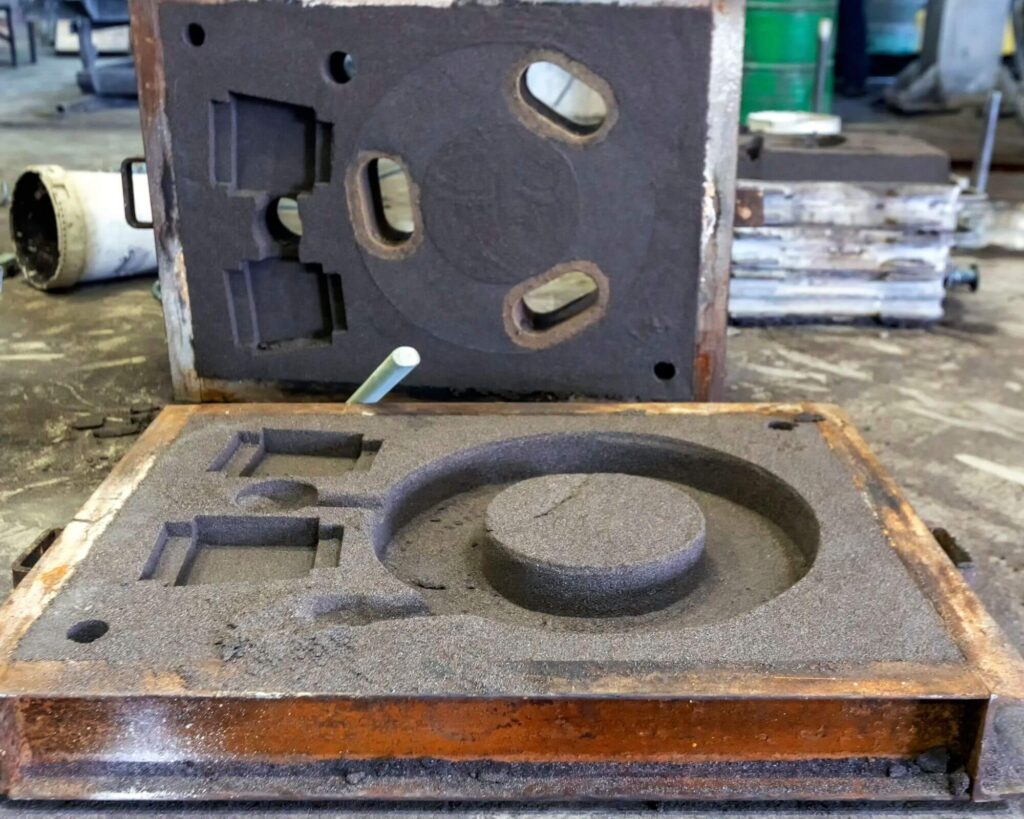
Wstitanium Sand Casting Capabilities
The most popular sand casting titanium alloy material is Ti-6A1-4V. It has good casting properties and stable organizational properties. Compared with titanium of the same composition, the strength of cast titanium alloy is basically the same. , but its plasticity and fatigue properties are reduced by about 40%-50%. Sand casting can achieve dimensional control and consistency within tolerances of ±0.030 to ±0.125” (± 0.8 to 3.2 mm). Sand castings often utilize a variety of surface treatments, including paint, powder coating, plating, shot peening, etc. Typically, the surface finish ranges from about Ra 8 to 12.5. In addition, the minimum wall thickness is 0.125”, while the ideal wall thickness is 0.250”.
| Standard | Capabilities |
| Casting Size (mm) | 10-500 |
| Maximum Casting Weight (kg) | 30 |
| Minimum Wall Thickness (mm) | 0.5 |
| Tolerance (mm) | 0.02 |
| Surface Finish | Ra1.6 |
| Tolerance | CT4-CT7 |
| MOQ | 500 |
| Finishing Services | CNC Machining |
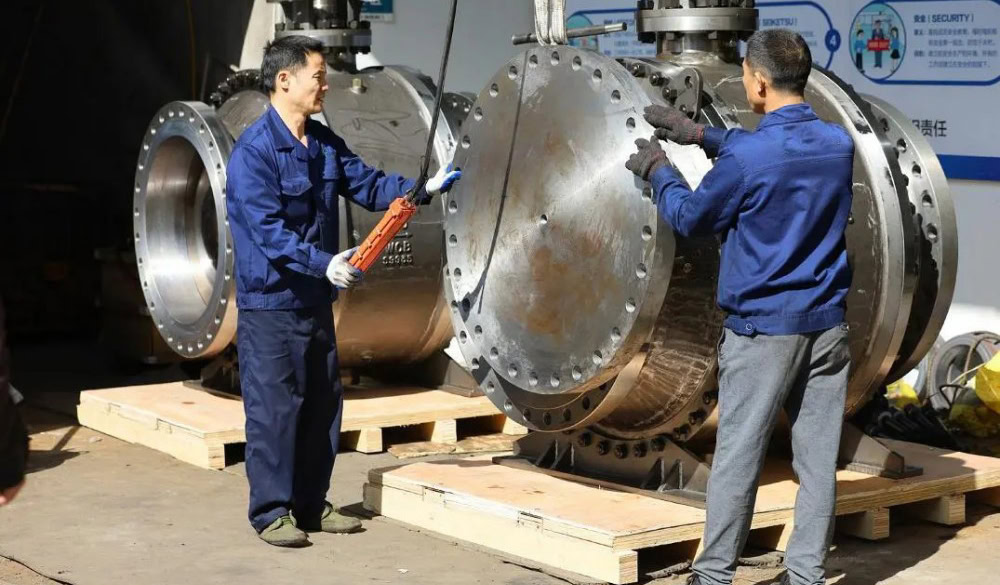
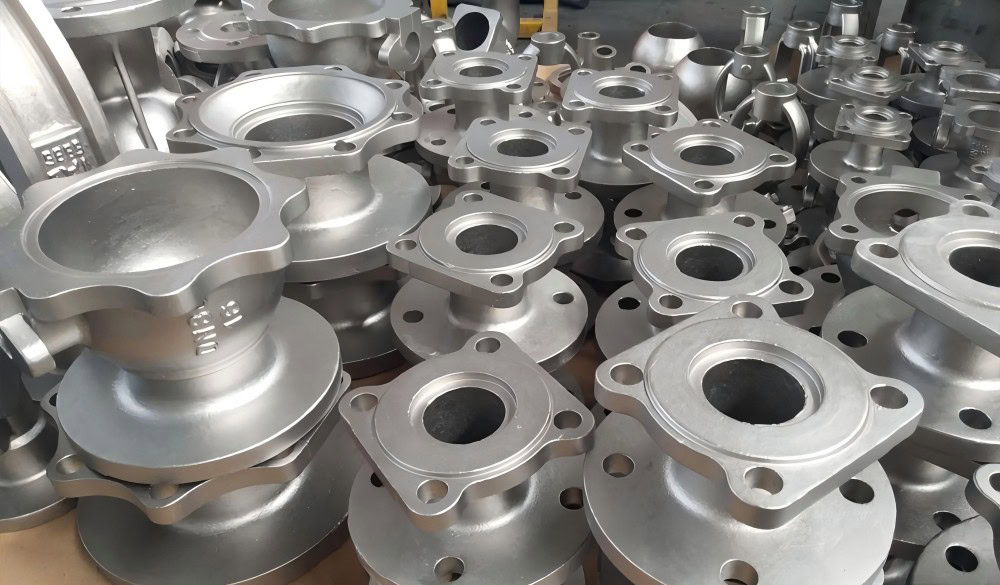
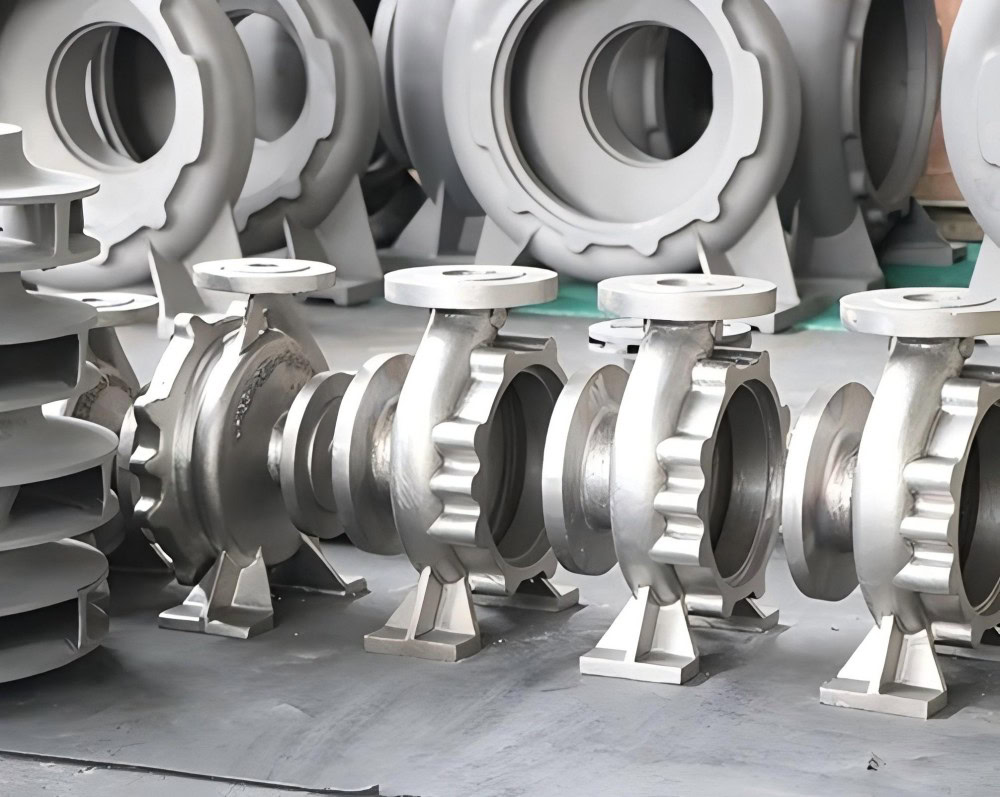
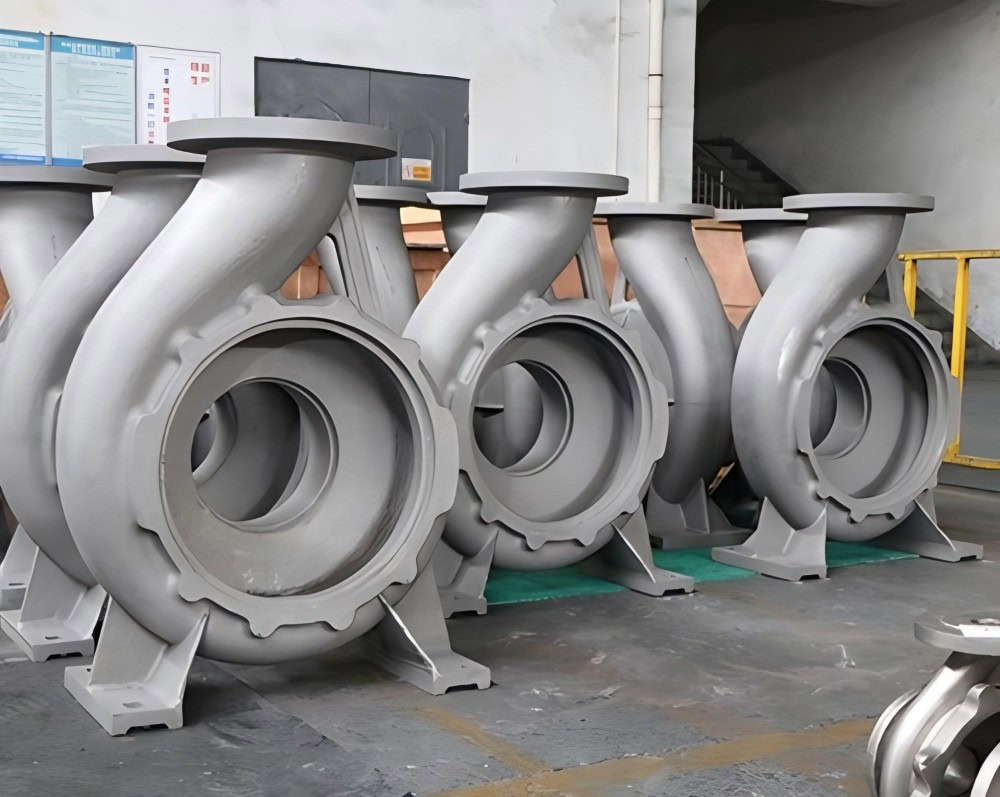
Design Optimization
Wstitanium summarizes the following design considerations based on years of sand casting experience.
- To avoid shrinkage and prevent stress concentration, each intersection is rounded.
- Gating system is optimized to properly transfer molten titanium into the mold cavity.
- Gating system is optimized to properly transfer molten titanium into the mold cavity.
- Parting line should be flat and as low as possible.
- Casting allowance is usually in the range of 1.5 mm to 6 mm.
- Draft angle is usually between 3° and 5°.
- Minimum section thickness is usually 5 mm (about 0.2 inches).
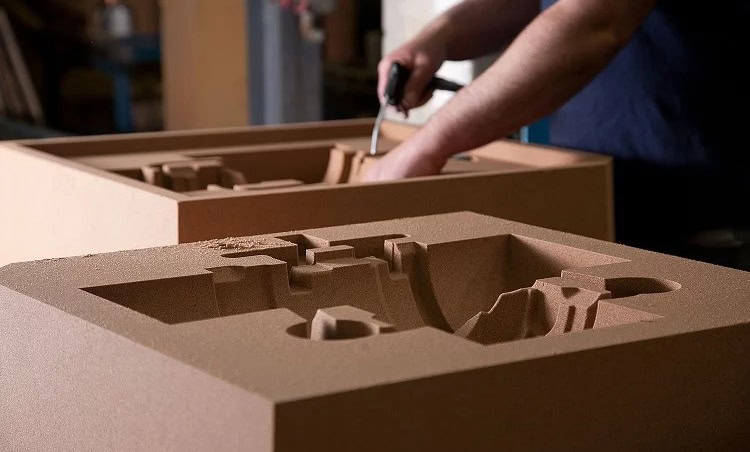
Sand casting is one of the oldest metal casting processes. It is a versatile and cost-effective process that can produce parts of various sizes, shapes and complexities. Sand molds are quite cheap and highly refractory, and are even suitable for steel foundries.